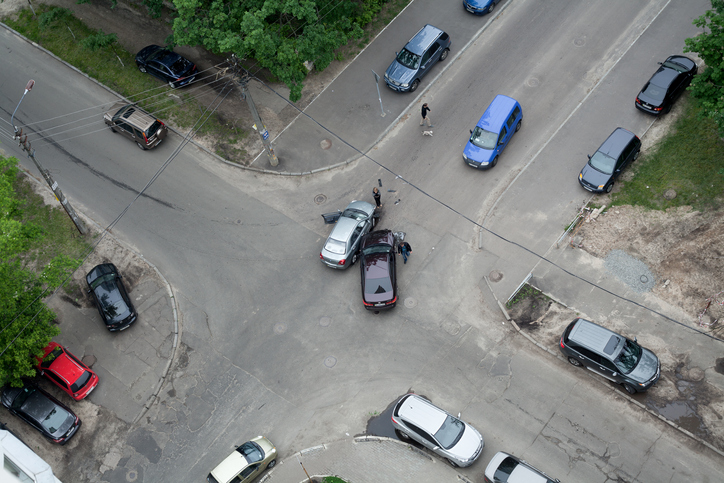
According to the Federal Highway Administration, approximately half of all car accidents involving injuries occur at intersections, including intersections with stop signs. If you get into an accident at an intersection with a stop sign, who is at fault? While this may seem challenging, in most cases the evidence will point to one driver being primarily or solely responsible for the collision. The primary question is “Which vehicle had the right of way?”
Under New Jersey law, drivers must come to a complete stop at a stop sign and yield to traffic that has the right of way. When only one street at an intersection has a stop sign, the moving traffic on the perpendicular street has the right of way. But what if the intersection is a “four-way stop”? According to the National Highway Traffic Safety Administration, drivers should obey the following rules:
- Basic Rule– The basic rule at a four-way stop is that the first vehicle to arrive and make a complete stop is also the first vehicle to go.
- Farthest Right Goes First– If two or more vehicles get to an intersection at the same time, the vehicle located farthest to the right has the right of way.
- Straight Traffic Goes First– If two drivers arrive at opposing stop signs simultaneously and one driver is turning left, the driver who is going straight has the right of way.
Liability for an accident at an intersection with a stop sign can be complicated. If you have been involved in a car accident at an intersection with a stop sign, contact the experienced attorneys at Cohn Lifland Pearlman Herrmann & Knopf LLP for help.
